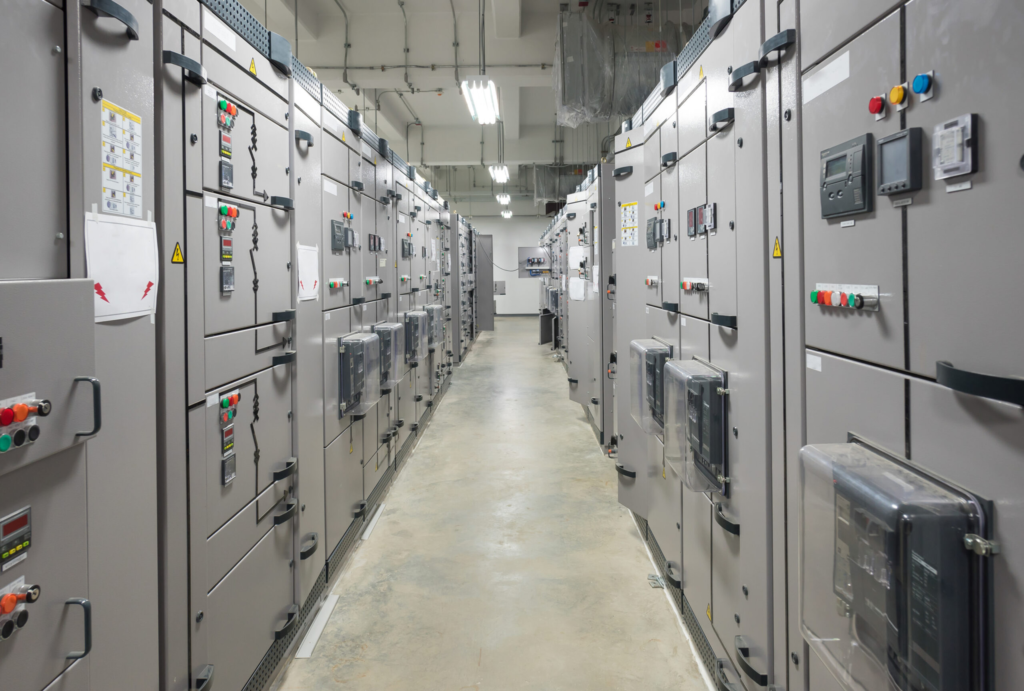How Do Switchboards Control Electrical Distribution?

Switchboards are critical components in electrical systems, playing a key role in managing the distribution of electricity. These devices direct electrical power from one or more sources to various circuits within a facility. By employing a combination of switches, fuses, and circuit breakers, switchboards ensure that electricity is distributed safely and efficiently.
Switchboards provide a reliable means of controlling and regulating power flow in industrial, commercial, or residential applications. Understanding how these systems work is essential for maintaining operational safety and preventing electrical failures, which can result in costly downtime.
The Role Of Switchboards In Electrical Systems
Switchboards serve as a central hub for distributing electricity from the main power supply to individual circuits. They incorporate various electrical instruments, such as transformers, switches, and fuses, that regulate the amount of power each circuit receives. This ensures that the electrical load is properly managed, preventing overloading and minimising the risk of electrical fires.
When a power source supplies energy to a facility, the switchboard distributes this power to the appropriate circuits based on the operational requirements. By employing circuit breakers, switchboards can automatically shut off power to a specific circuit in case of an overload, protecting both the equipment and personnel.
How Switchboards Enhance Electrical Safety
One of the primary functions of switchboards is to ensure the safety of electrical systems. Overloaded circuits, faulty wiring, or electrical malfunctions can lead to dangerous situations, including fire hazards and equipment damage. Switchboards help mitigate these risks by incorporating protective devices such as fuses and circuit breakers that automatically disconnect the power supply when necessary.
In industries where large electrical loads are common, switchboards are especially important for maintaining operational safety. By efficiently controlling the power distribution, switchboards reduce the likelihood of equipment failures and ensure that power is delivered safely and consistently to all parts of the facility.
Types Of Switchboards Used In Industrial Settings
Several types of switchboards are available, each designed to meet the specific needs of various industries. Common types include:
- Low Voltage Switchboards: These are typically used in commercial and residential buildings to distribute power from the main supply to smaller circuits. They are designed to handle lower voltage levels and provide basic protection against electrical faults.
- High Voltage Switchboards: Used in industrial settings, high voltage switchboards can manage much larger electrical loads. These are equipped with advanced protective devices and are capable of distributing power to large equipment or entire manufacturing processes.
- Modular Switchboards: These offer flexibility and scalability, making them ideal for industries that require frequent adjustments to their electrical systems. Modular switchboards allow for easy expansion and customisation based on changing operational requirements.
Benefits Of Proper Switchboard Maintenance
Switchboards are essential for maintaining a facility’s electrical health, and regular maintenance is critical to ensure their proper functioning. Over time, components such as circuit breakers, switches, and fuses may wear out, potentially leading to system failures. Routine inspections and testing help identify potential issues before they escalate into major problems.
Maintaining switchboards also improves energy efficiency by ensuring that power is distributed optimally across circuits. Well-maintained switchboards reduce energy waste, which can lower operational costs and enhance the lifespan of electrical equipment.
Choosing The Right Switchboard For Your Facility
Selecting the right switchboard for your facility depends on several factors, including the electrical load, environmental conditions, and specific operational needs. It’s essential to ensure that the switchboard meets the voltage and power requirements of your systems to avoid inefficiencies or malfunctions. Furthermore, incorporating advanced protective devices, such as surge protectors and circuit monitors, can enhance safety and operational efficiency.
Working with a professional who understands the complexities of electrical systems can help ensure the proper selection and installation of switchboards that align with your facility’s needs.
Partnering With Reputable Energy Brands For Long-Term Benefits Collaborating with a well-established electrical brand offers long-term advantages. Reliable energy brands provide high-quality switchboards that meet industry standards and deliver consistent performance. Partnering with a reputable brand also ensures access to advanced technologies and customer support, which can help you optimise energy distribution and enhance operational efficiency. Furthermore, these brands offer valuable after-sales services, ensuring your switchboards continue to operate safely and effectively over time.











1 thought on “How Do Switchboards Control Electrical Distribution?”
Comments are closed.